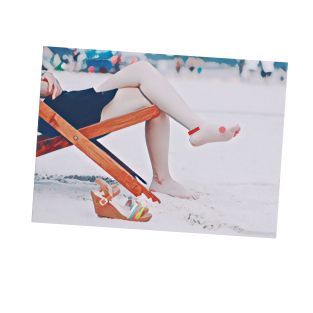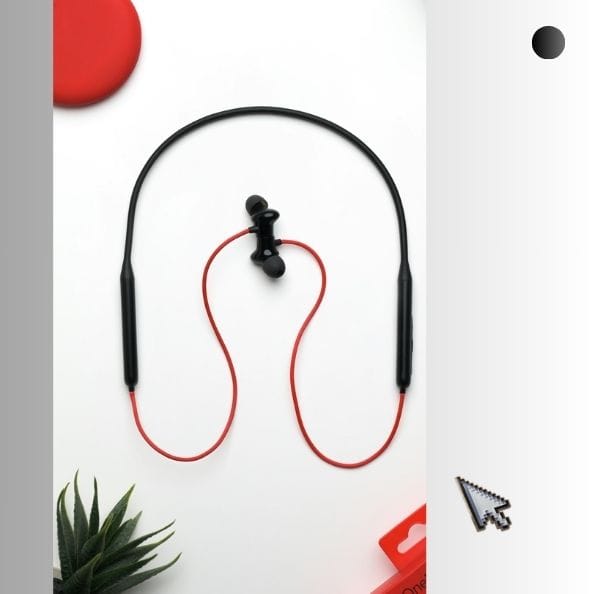Home Treatment for Healing Blisters
Welcome back to our series of short articles on quick and easy home remedies for common minor injuries!
In this second article, we are focusing on blisters and how to effectively deal with them at home. 🏠🌿
[***Our third article is on treating sprains & strains. ***]
Blisters can be quite bothersome, causing discomfort and hindering daily activities. Fortunately, there are simple yet effective methods to treat blisters in the comfort of your own home.
Read on to discover practical and accessible remedies that will help soothe your blisters and promote speedy healing.
What are blisters?
A blister is a small pocket of fluid that forms underneath the top layer of the skin.

It is typically caused by friction, heat, or other types of skin irritation. Blisters can vary in size and are often filled with clear fluid, although they may also contain blood or pus if infected.
They serve as a natural protective mechanism, acting as a cushion between the damaged skin and further irritation. Blisters can occur on various parts of the body, such as the hands, feet, or areas prone to rubbing or pressure.
While most blisters heal on their own within a few days, proper care and treatment are necessary to prevent infection and promote healing.
What Are The Different Kinds of Blisters, What Causes Them?
There are several different kinds of blisters that can occur, each with its own specific causes. Here are some common types of blisters and their causes:
- Friction Blisters: These are the most common type of blisters and are caused by repetitive rubbing or friction against the skin. Activities such as walking, running, or wearing ill-fitting shoes are common culprits.
- Heat Blisters or "Burn Blisters": These blisters occur when the skin is exposed to excessive heat, such as from hot objects, flames, or scalding liquids. The heat damages the skin's upper layers, leading to the formation of blisters.
- Sunburn Blisters: Prolonged exposure to intense sunlight can result in sunburn, which may manifest as painful blisters on the affected areas of the skin.
- Allergic Contact Dermatitis Blisters: Certain allergic reactions, such as contact with irritants like poison ivy or certain chemicals, can cause blistering as part of the skin's immune response.
- Herpes Blisters: These blisters are caused by the herpes simplex virus and typically appear around the mouth (cold sores) or genital area. They are highly contagious and can recur periodically.
- Medical Conditions: Certain medical conditions, such as pemphigus, bullous pemphigoid, or dermatitis herpetiformis, can cause chronic or recurring blisters due to autoimmune or inflammatory processes.
*It is important to identify the specific cause of a blister to properly treat and manage it. If you are unsure about the cause or if the blister is severe, it is advisable to consult a healthcare professional for an accurate diagnosis and guidance.
Treating Blisters
When you're out hiking and need a quick fix ...
Otherwise, here's a detailed step-by-step description on how to best treat blisters at home:
Keep it intact: If possible, try to keep the blister intact. The blister acts as a natural barrier against infection. However, if the blister is causing significant pain or discomfort, or if it's in an area prone to friction, you may need to drain it.
Wash your hands: Before touching the blister, wash your hands thoroughly with soap and water to minimize the risk of infection.
Clean the blister: Gently clean the blister and the surrounding area with mild soap and warm water. Avoid using harsh antiseptics as they can further irritate the skin.
Sterilize a needle: If you decide to drain the blister, sterilize a needle by cleaning it with rubbing alcohol or placing it in boiling water for a few minutes. Allow it to cool before proceeding.
Drain the blister: Using the sterilized needle, make a small puncture near the edge of the blister. Do not remove the overlying skin, as it will continue to protect the area. Gently press on the blister to allow the fluid to drain out.
Apply an antibiotic ointment: After draining the blister, apply an over-the-counter antibiotic ointment to the area to help prevent infection. Be sure to follow the instructions on the packaging.
Cover with a bandage: Protect the blister with a sterile adhesive bandage or a piece of sterile gauze pad secured with medical tape. This will help prevent further irritation and provide a clean environment for healing.
Change the dressing: Check the blister daily and change the dressing to keep it clean and dry. If the blister re-opens or becomes increasingly painful, seek medical attention.
Avoid popping or peeling: It's important to resist the temptation to pop or peel the blister. This can increase the risk of infection and delay healing.
Reduce friction: To alleviate discomfort and prevent further irritation, consider using moleskin padding or a blister plaster over the area. This will help reduce friction and protect the healing blister.
*Remember, it's essential to monitor the blister for any signs of infection, such as increased redness, swelling, warmth, or pus. If you notice any of these signs or if the blister does not heal within a reasonable time frame, seek medical advice.
**Please note that these steps are intended for treating small blisters. For larger or more severe blisters, or if you have underlying health conditions, it is recommended to consult a healthcare professional for appropriate treatment.
The Takeaway
Summing it all up, treating blisters at home is not only convenient but also effective. By following the simple remedies discussed in this article, you can alleviate pain, promote healing, and prevent infection.
*Remember to clean the blistered area gently, protect it with a sterile dressing, and give it time to heal naturally.
Your Next Move
If you're looking for more quick tips on home treatments for a wide range of minor injuries and ailments, this book comes highly recommended:
"The Home Doctor: Practical Medicine for Every Household".
It's a valuable resource that provides comprehensive information and guidance on taking care of your health at home.
Stay proactive and well-informed, and you'll be well-equipped to handle common minor injuries like blisters with ease.
Thanks for stopping by and reading along with us.
[***Our third article is on treating sprains & strains. ***]
Source: "The Home Doctor: Practical Medicine for Every Household"
Disclaimer. When you purchase through links on our site, we may earn an affiliate commission (that's how we stay in business). FirstFewFinds may use affiliate links to products and services on retailer sites for which we can receive compensation if you click on those links or make purchases through them. We hope you find the list of our first few finds useful and helpful. Each product on our list has been carefully chosen by our writers and all opinions are our own. Check your choices and enjoy finding exactly what you need!








